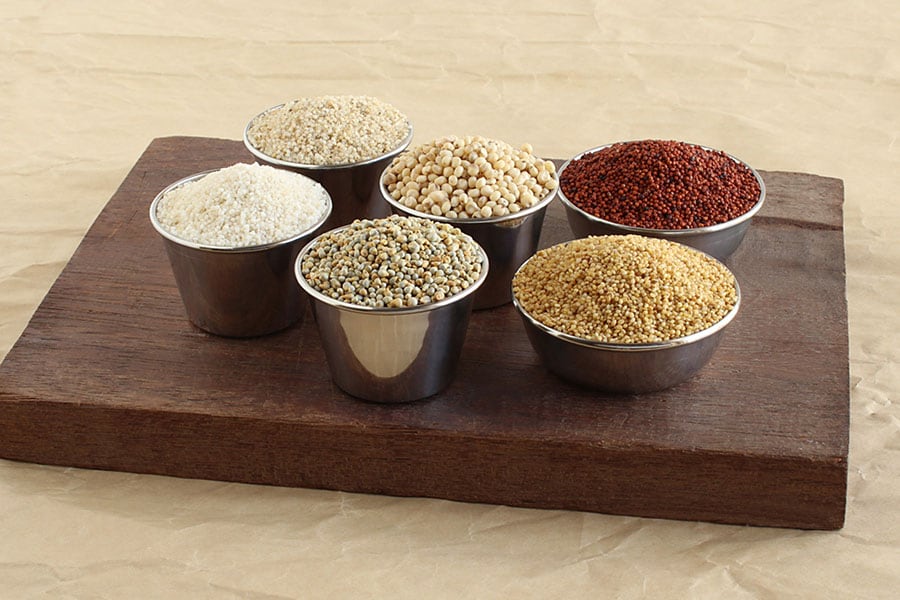
Why India should lead the millet revolution
Millet revolution is closely linked to a more sustainable, responsible, and healthier future and India, which contributes to 20 percent of the world's total millet production, can speedily propel the humble superfood to solve the growing problems of climate change
 Millets are a nutritional powerhouse, packing an array of powerful health benefits (often, they are referred to as ‘nutri-cereals’).
Image: Shutterstock
Millets are a nutritional powerhouse, packing an array of powerful health benefits (often, they are referred to as ‘nutri-cereals’).
Image: Shutterstock
Millets were a staple food in India till a few decades ago. The Green Revolution in the 1960s and the distribution of wheat and rice in the Public Distribution System (PDS) thereafter moved the humble millets away from the Indian kitchen. However, in recent times, the discourse on climate-smart agriculture has moved the focus back onto millets.
Significantly, millets have been closely linked with the attainment of many significant United Nations’ Sustainable Development Goals (SDGs)—primarily, SDG 2 (Zero Hunger), SDG3 (Good Health and Well-being), SDG 12 (Sustainable Consumption and Production), and SDG 13 (Climate Action).
Millets are easier to grow and store
Millets are prolific—20 varieties of millets are grown in 130+ countries. India has Jowar (Sorghum), Bajra (Pearl millet), and Ragi (Finger Millet). Millets are hardy and resilient crops that grow in severe weather conditions, like drought and extreme temperatures. In a world where soil erosion and degraded soil quality are now commonplace, millets hold great promise as they can grow in low-fertility soil. Millets enhance soil quality over time, since they aggregate nutrients, and their fibrous root network helps preserve soil.
The clincher is that they need only about one-third the water required to grow other staple crops like rice and wheat—this is a huge agronomic positive, in an increasingly water-challenged world. A bonus is that they hardly require fertilizers and pesticides, allowing easy crop maintenance.
For a world grappling with climate change, as a C4 category cereal, millets absorb and convert substantial carbon dioxide to oxygen, combatting climate change linked to carbon emissions.
[This article has been reproduced with permission from SP Jain Institute of Management & Research, Mumbai. Views expressed by authors are personal.]







